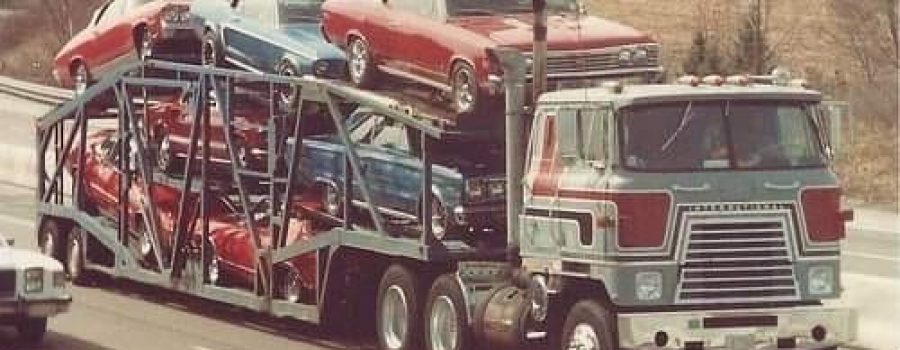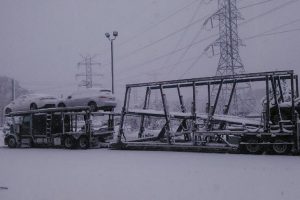A recent article https://www.foxbusiness.com/technology/ups-testing-self-driving-tractor-trailers noted that UPS has been testing self-driving trucks for months. How will this impact the auto transport industry?
There will be some very tangible benefits such as automated braking and adaptive cruise control, much like what is available as an option on cars today. Trucks will move away from manual transmissions toward automatics. There are some automatic transmission trucks today, but not wide spread. Automated driving from point A to point B will become standard practice.
What may not work well for the auto transport industry is the loading and unloading of vehicles from the carrier. If you are picking up and dropping off all the cars at a single points the scenario might work something like this. Driver loads the truck and drives it out to the highway, where he programs the truck to driver to point B. At the point a driver unloads the transport and the journey is complete. Where this becomes complicated is when you are loading a 10 car carrier one or two vehicles at each pickup point. For this part of the journey a driverless transport is useless.
We may see this evolve into a hybrid situation where a driver rides along to load and unload the vehicles from the transport, especially on shorter routes. What are the pros and cons of this scenario? The driver would drive around the local pickup area to load the vehicles (this maybe a two hundred or so mile area). The driver would then program the truck to drive to the destination. The driver would ride along, the truck only needing to stop for fuel. This would decrease the time to arrival, as there would be no hour limits on the driver, as there currently are. Once at the destination the driver would make several stops to unload and load the transport for the return trip. The process would repeat itself for the return trip.
This would free the driver up so they could dispatch the next load. This would cut down on time and expense for the owner operators’.





